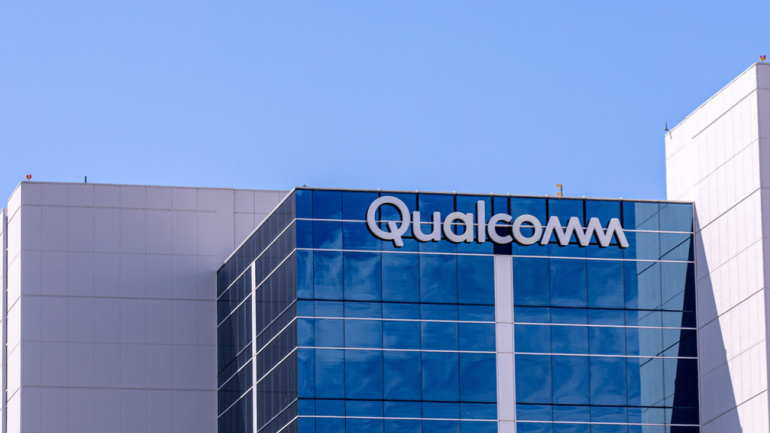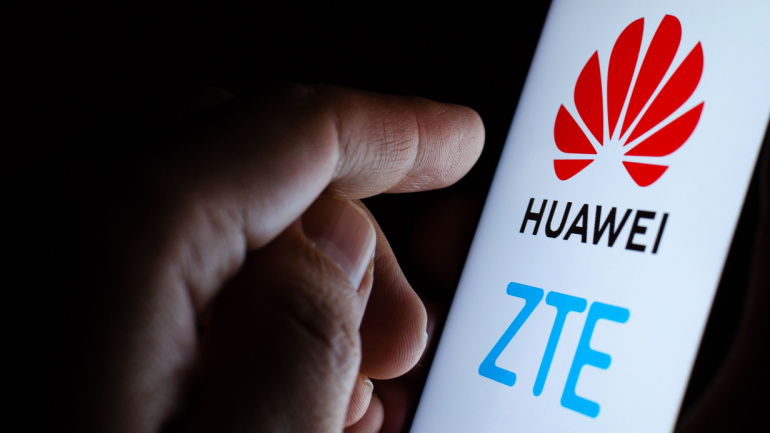Apple’s pursuit of self-reliance in 5G technology is put to the test as it continues its reliance on Qualcomm’s Snapdragon 5G Modem‑RF Systems till 2026. Despite acquiring Intel’s modem segment after a failed business collaboration, Apple’s efforts to create an in-house 5G modem cast doubt on its separation from Qualcomm. The competition intensifies with Huawei’s claim of a successful 5G modem design, amidst the encroaching discussions on 6G technology.
The Federal Communications Commission (FCC) has set its sights on reshaping the allocation of approximately $9 billion earmarked for rural 5G expansion. FCC Chairwoman Jessica Rosenworcel announced the move, emphasizing the need to bridge the digital divide across underserved areas of the United States.
The Biden Administration’s ambitious $2 trillion infrastructure plan injects considerable capital into US chip production, with the aim of bolstering national security and reducing reliance on foreign manufacturers. Last year, the US produced only 12% of the world’s chips, highlighting a dependency on international manufacturers, primarily in Asia. Intel emerges as a key beneficiary of this investment, declaring over $43.5 billion towards manufacturing units across the US. Yet, for some companies, the journey remains fraught with caution as they await the federal funding.
Huawei plans a comeback in the smartphone market with new 5G devices using domestic chip supplies. Concerns persist about the quality of these chips and Huawei’s absence from the Android Play Store. CityFibre challenges Openreach with a faster wholesale FTTH service, while Optus collaborates with SpaceX’s Starlink to expand mobile coverage in Australia’s remote areas. Ofcom investigates O2 Virgin Media over customer complaints, and the European Court of Justice rejects a ruling on the Three-O2 merger, adding to the uncertainty in the telecommunications regulatory landscape.
In a quantum leap for telecommunications, the emergence of 5G-Advanced next year is set to revolutionize user experiences and catalyze operator revenue growth. Unveiling at the 2023 MWC Shanghai, Huawei is geared to lead this evolution with its innovative capabilities and AI-empowered design. Pioneering 5.5G network solutions, the telecom giant intends to enhance services for a sprawling customer base spread over 260 5G networks worldwide. Close on its heels, is the seamless integration of cloud with the core network, creating intelligent entities of simple Internet-based objects, promising profound implications in IoT.
At the recent “5G Business Dialogue” during MWC Shanghai 2023, industry champions pondered on the positive impact of 5G adoption four years after its commercial introduction. Notably, it now makes up 10% of total revenue for China’s three providers. Furthermore, Enhanced Mobile Broadband (eMBB) services are noting considerable success due to swift user migration and industrial digitization. Innovation strides such as the Naked-eye 3D and 5G New Calling reflect the telecom sector’s future. However, with increasing Pan-Asian 5G uptake, the dialogue also ventured into the idea of “5.5G”, envisioned as a natural progression from its precursor. It’s intriguing to anticipate further transformative innovations within this industry.
The US and India strengthen their strategic partnership, focusing on 6G research, Open RAN, and semiconductors, while collaborating on technology sharing, co-development, and co-production opportunities between industry, government, and academia.
The EU’s messaging around “high-risk” vendors hints at a potential ban on Huawei and ZTE, urging members to accelerate their removal from 5G networks. As the EU Commission pushes for swift implementation, the debate on security risks and dependencies intensifies.
EU Contemplates 5G Vendor Ban Amid Huawei Funding Debate The European Union is debating whether to ban certain companies from their 5G networks due to security concerns. Huawei, the company most affected by the potential ban, is receiving funding of around €3.89 million from the EU for research in areas like 6G, AI, and cloud computing under the Horizon Europe research program. Horizon Europe is the EU’s main research and innovation initiative, with a proposed budget of €12.8 billion in 2024. The EU is worried about member countries, especially Germany, being slow to restrict the use of “high-risk” vendors. Analysts suggest that stricter measures from Germany would greatly impact Huawei’s presence in Europe. Read the full article European Commission Targets Google’s Adtech Dominance with Statement of Objections The European Commission has raised concerns about Google’s control of the digital advertising ecosystem and issued a Statement of Objections against the tech…
Hangzhou leads the digital revolution with the Dual 10 Gigabit City project, partnering with industry giants like Huawei to foster 5.5G technology, enhance connectivity and pioneer innovative applications for a smarter future.












